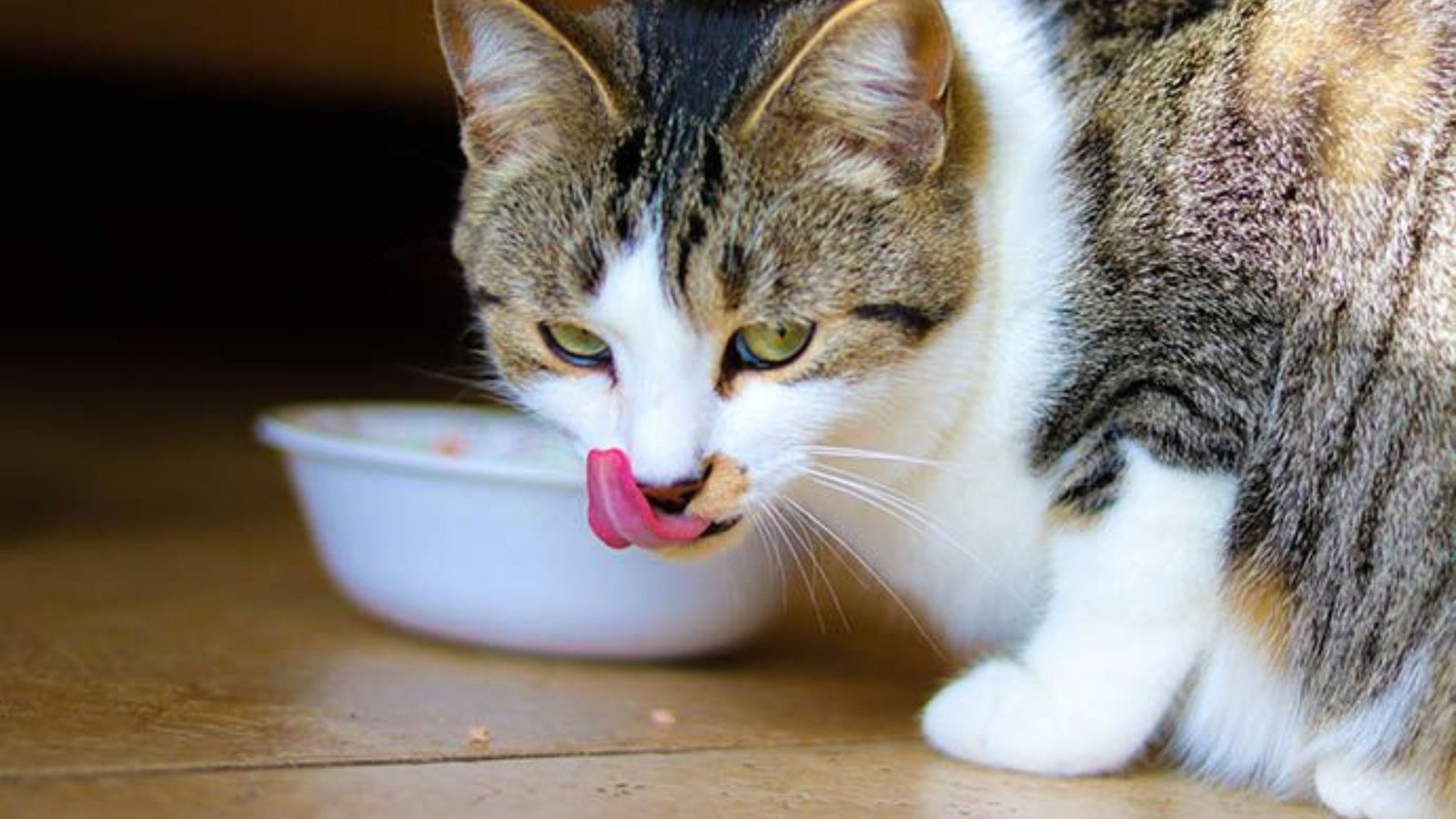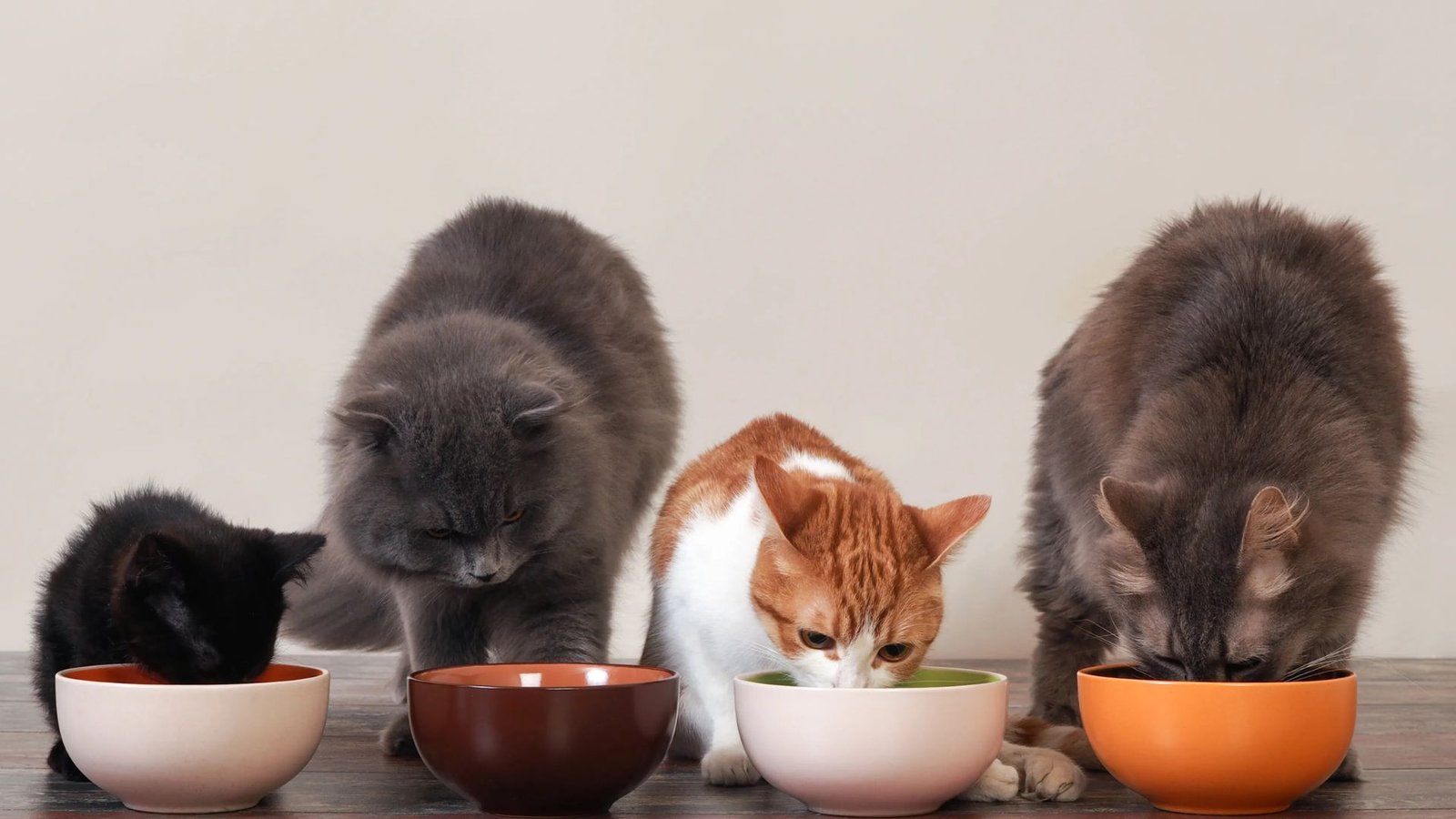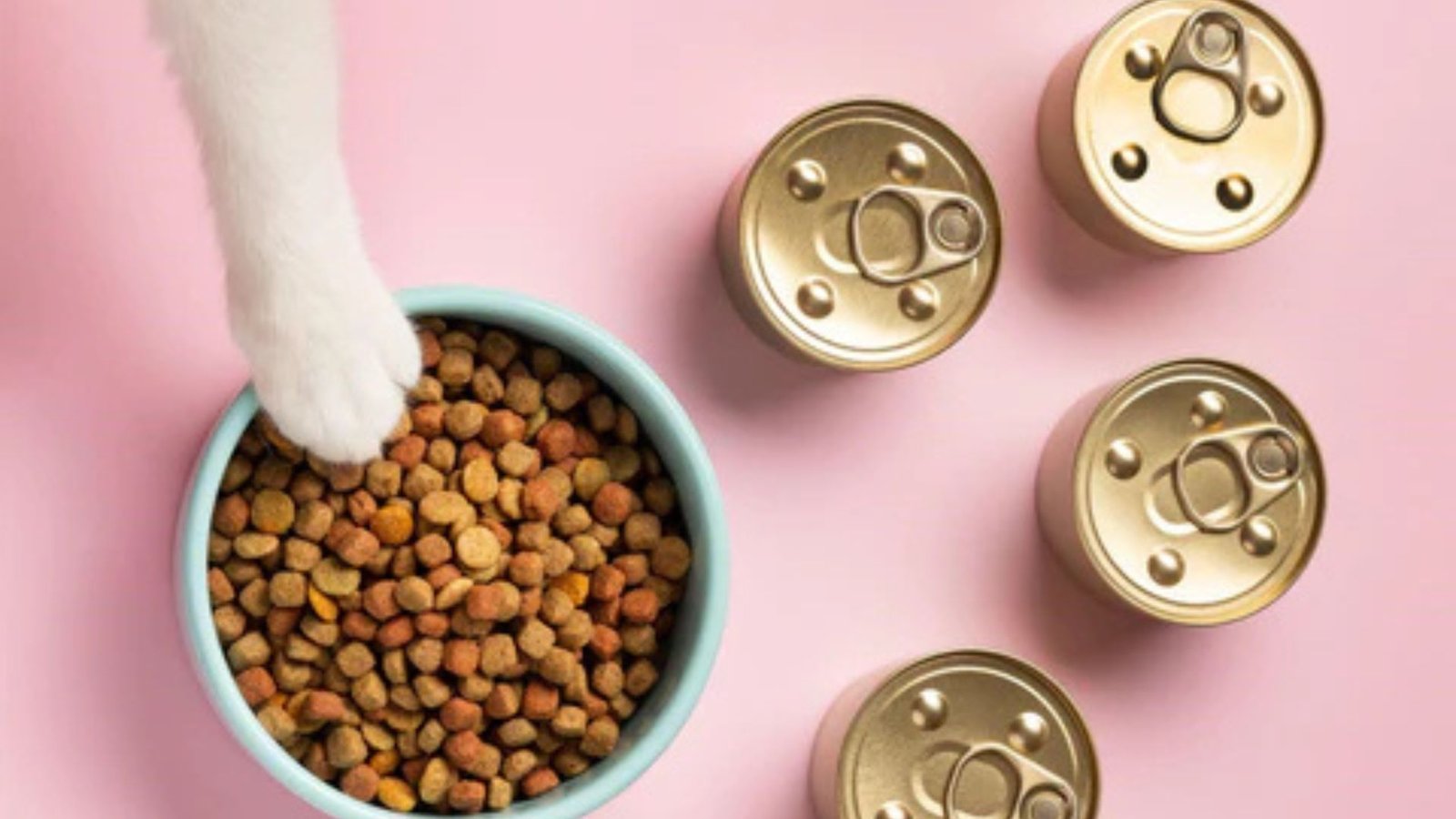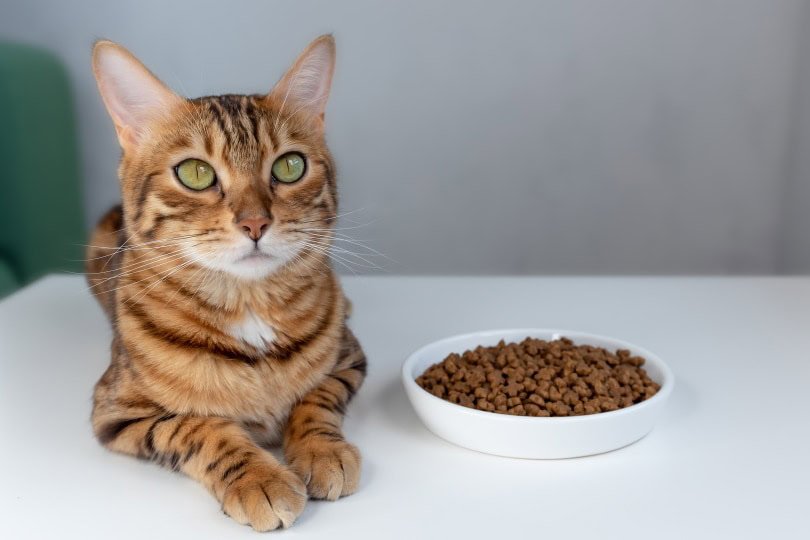Changing your cat’s food can sometimes be a tricky task. Cats are creatures of habit, and suddenly switching their food can lead to stomach upset, including vomiting, diarrhea, or constipation. However, with a careful and gradual approach, you can help your cat adjust to the new food without causing digestive issues. In this article, we’ll share the best methods for switching your cat’s food safely and comfortably.
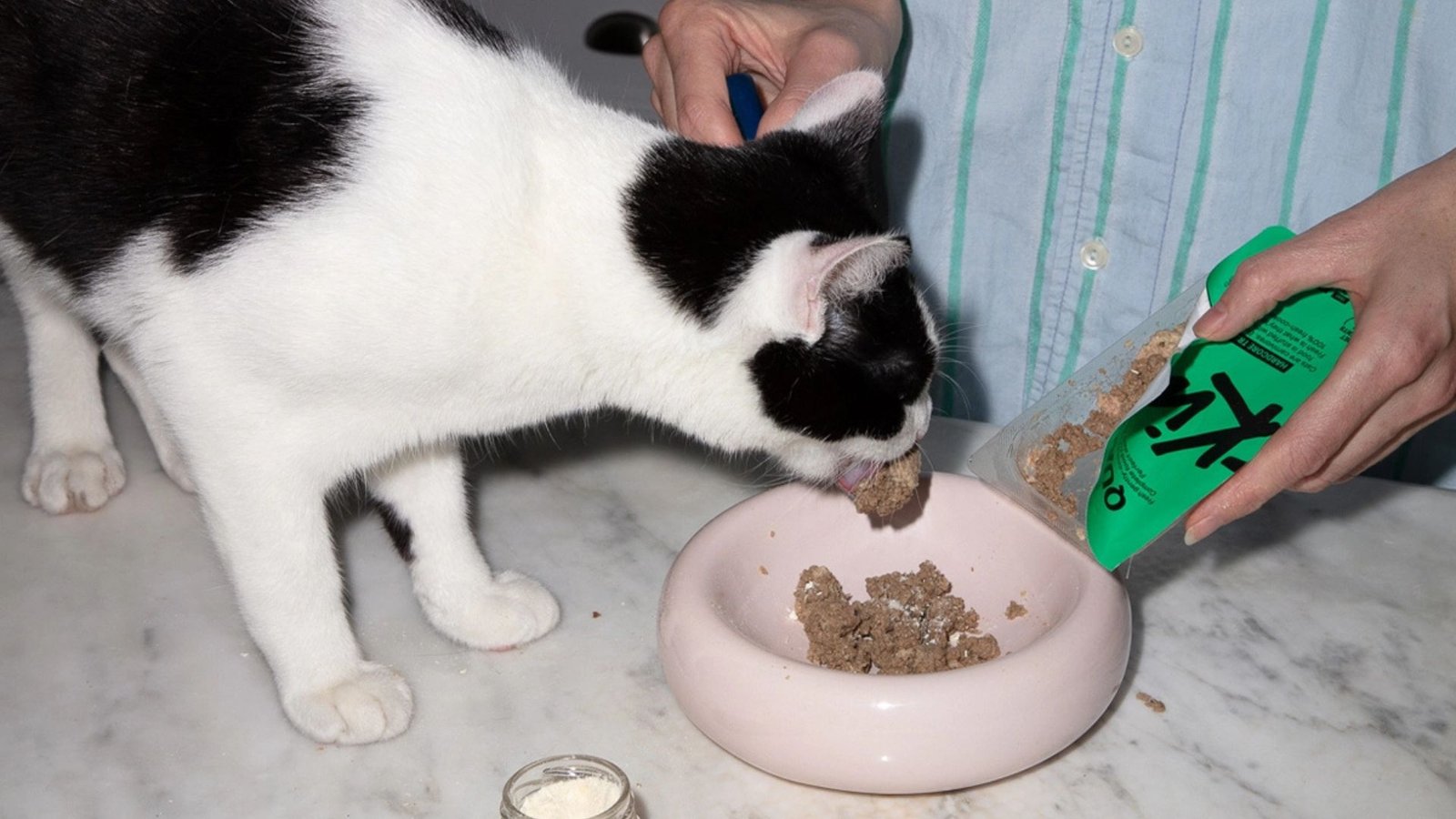
Why Should You Switch Cat Food?
There are several reasons why you might want to switch your cat food. Perhaps you’re changing from kitten food to adult food, transitioning to a higher-quality brand, or switching to food with different ingredients due to health concerns like allergies or sensitivities. Whatever the reason, it’s important to make the switch slowly to prevent digestive problems.
Why Sudden Changes Can Upset Your Cat’s Stomach
Cats have sensitive digestive systems, and sudden changes in diet can throw off the balance of bacteria in their stomachs. This can lead to gastrointestinal problems such as vomiting, diarrhea, or loss of appetite. The best way to avoid these issues is by transitioning your cat’s food slowly throughout about 7 to 10 days.
Step-by-Step Guide to Switching Cat Food
Here’s a simple and effective way to switch your cat’s food without upsetting their stomach:
1. Start Gradually: Mix Old and New Food
On the first day, mix a small amount of the new food with your cat’s current food. A good starting point is 75% old food and 25% new food. This helps your cat’s stomach get used to the new ingredients without overwhelming it.
2. Increase the New Food Over Time
Each day, increase the amount of new food and decrease the old food. You can follow this schedule:
- Days 1-2: 75% old food, 25% new food
- Days 3-4: 50% old food, 50% new food
- Days 5-6: 25% old food, 75% new food
- Days 7-10: 100% new food
If your cat experiences any stomach issues during this process, slow down the transition and give them more time to adjust.
3. Monitor Your Cat’s Response
Keep a close eye on your cat during the transition. Watch for any signs of digestive upset, like:
- Vomiting
- Diarrhea
- Constipation
- Loss of appetite
- Lethargy
If you notice any of these symptoms, it might be a sign that the transition is too fast, or your cat doesn’t tolerate the new food well. In that case, slow down the process and mix the new food with the old food for a longer period. If the problems persist, consult your veterinarian.
4. Keep Fresh Water Available
A sudden change in diet, especially if you’re switching to dry food or food with more fiber, may cause dehydration. Make sure your cat has access to plenty of fresh water throughout the transition period. Proper hydration is essential to keep their digestive system running smoothly.
5. Stick to a Feeding Schedule
Consistency is key when switching food. Stick to your cat’s regular feeding schedule to avoid confusing their digestive system. Try feeding your cat at the same time each day, and make sure the amount of food is consistent as well.
6. Use High-Quality Food
If you’re switching to a new brand or type of food, be sure to choose a high-quality product that is appropriate for your cat’s age, health condition, and lifestyle. Foods with a lot of fillers or artificial ingredients can cause digestive upset. Look for a food with meat as the first ingredient, along with natural sources of vitamins and minerals.
7. Consider Wet Food for a Smoother Transition
If you’re transitioning to a dry food or a brand that’s higher in fiber, you might want to mix in some wet food. Wet food is easier to digest and can help prevent constipation or digestive discomfort during the switch. It also helps keep your cat hydrated.
What to Do If Your Cat Has Digestive Problems During the Transition
If your cat experiences any digestive issues, don’t panic! It’s normal for cats to have a bit of trouble adjusting. However, if the issues persist or become severe, take the following steps:
- Slow down the transition: Give your cat more time to adjust by extending the period in which you mix the old food with the new.
- Consult your vet: If your cat is showing severe signs of distress or if the transition isn’t going smoothly after a few days, it’s best to consult your vet. They can recommend the best course of action, including whether the new food is right for your cat.
Tips for a Successful Food Transition
- Be patient: Cats are creatures of habit, and it can take time for them to get used to a new food. Be patient and go at a pace that feels right for your cat.
- Stick to one change at a time: If possible, don’t change too many things at once. Switching food and adding new treats or toys can overwhelm your cat.
- Observe their stool: Keep an eye on your cat’s litter box to monitor any changes in their stool. If the stool is consistently loose or too firm, it may indicate that the food is not agreeing with them.
Conclusion
Switching your cat’s food doesn’t have to lead to digestive problems if you take a gradual approach. By mixing the old food with the new food over 7 to 10 days, monitoring your cat’s reaction, and making adjustments as needed, you can help your cat transition to their new food smoothly and without any stomach upset. If you run into any issues or are unsure about the best food for your cat, don’t hesitate to reach out to your veterinarian for guidance. With the right care and patience, your cat will be enjoying their new food in no time!

